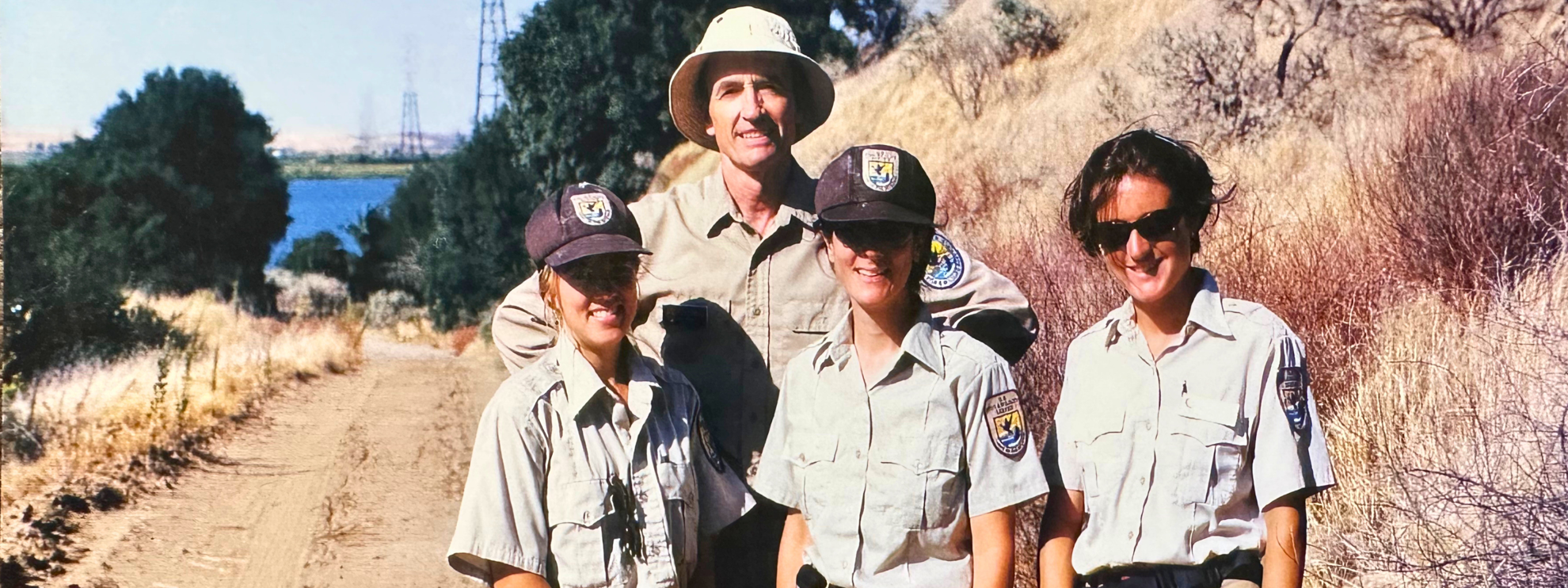A Personal Invitation to Begin Birding
I fell in love with birding in college. As a wildlife biology student at the University of Montana, I was eager to learn the names of things, how to recognize patterns in nature, distinguish one warbler from another, or identify a hawk by silhouette. Birds became a way in, both to the natural world and to myself. I started to notice calls and shapes, and the way a morning changed when you paused to observe rather than rush through. I began planning weekends around migration calendars and what species I might add to my life list.
Since then, birding has taken more of a backseat amidst raising a family and running a business. But it remains a quiet companion, like knowing a second language. While I rarely chase lifers, a phrase known as a species of bird a birder has never seen before and may have on their “life list”, these days, I’m birding almost daily—looking for the first turkey vulture of the season to migrate through or noting when the goldfinches at the feeder give way to juncos. No matter the phase, birding has always helped me be more present. And lately, that’s the part of birding I’ve found myself returning to most.
That’s the spirit that inspired us to create a new AGC trip centered on birding in Southern Arizona: Desert Melodies: Intro to Birding and Hiking in Arizona
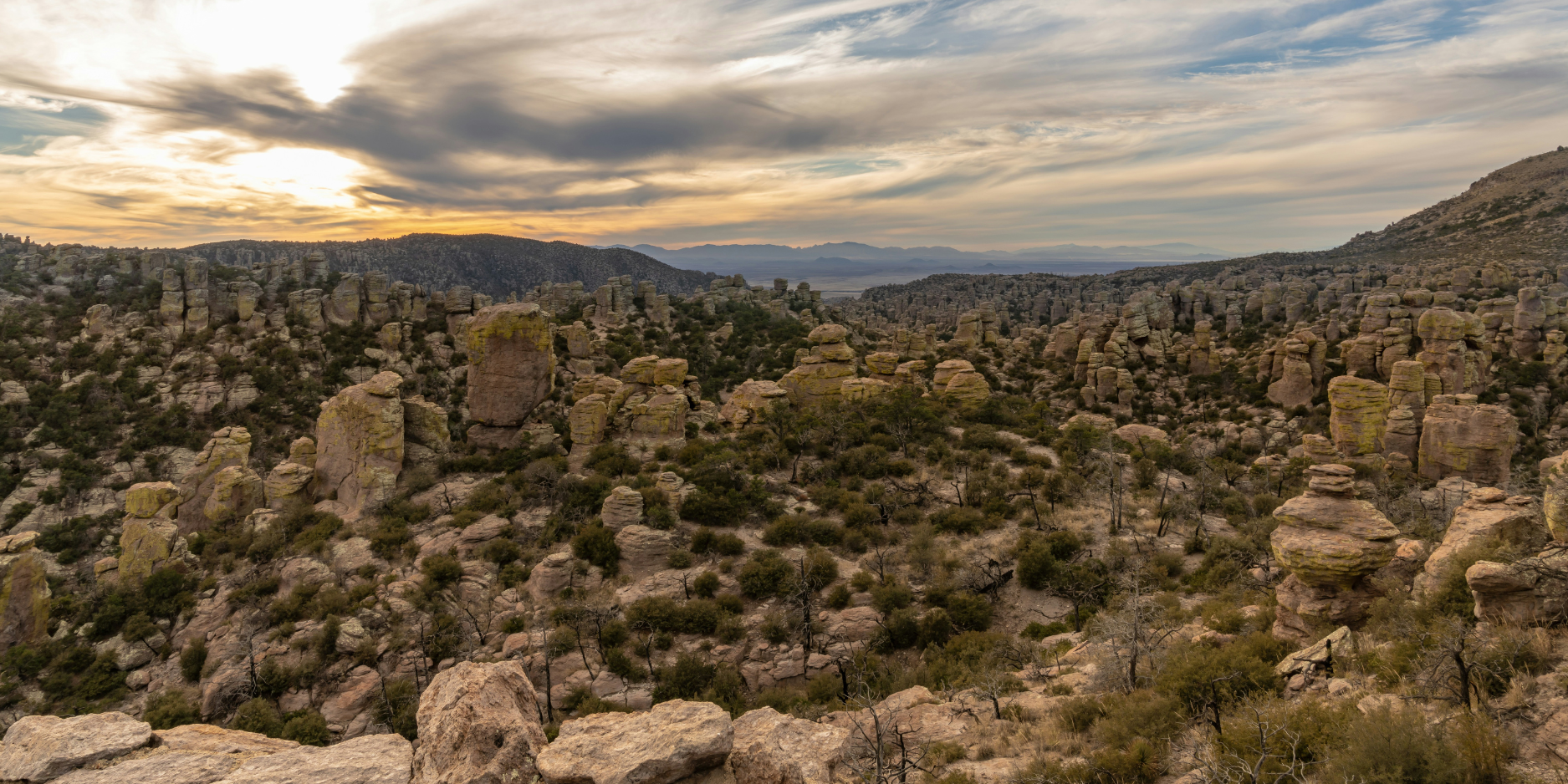
Why Southern Arizona?
This part of the country is where my hobby once tipped into full-blown obsession. I spent early mornings in Ramsey Canyon watching hummingbirds and trekked into Madera Canyon in search of trogons. The region’s proximity to Mexico, combined with a unique mix of desert, mountain, and riparian habitats, makes it one of the richest birding regions in North America. You never know what might wing over and land on your life list.
Here are just a few reasons why Southeast Arizona is a birder’s paradise:
-
Easy lifers: Iconic species like the Cactus Wren, Gila Woodpecker, and Vermilion Flycatcher are common sightings around Tucson.
-
Sky island diversity: In nearby Santa Rita and Madera Canyons, you can spot Phainopeplas, Zone-tailed Hawks, Elegant Trogons, Rivoli’s Hummingbirds, and even elusive Montezuma Quail—all within a single morning.
-
Portal magic: In the tiny town of Portal, surrounded by the Chiricahua Mountains, birders from all walks of life gather. The camaraderie is contagious, and the joy of sharing discoveries in this vibrant corner of the Southwest is unforgettable.
Southern Arizona’s remarkable diversity, its “tapestry of life zones,” makes every step feel like a new window into the wild. For me, this isn’t just a place to bird—it’s a place to truly see.
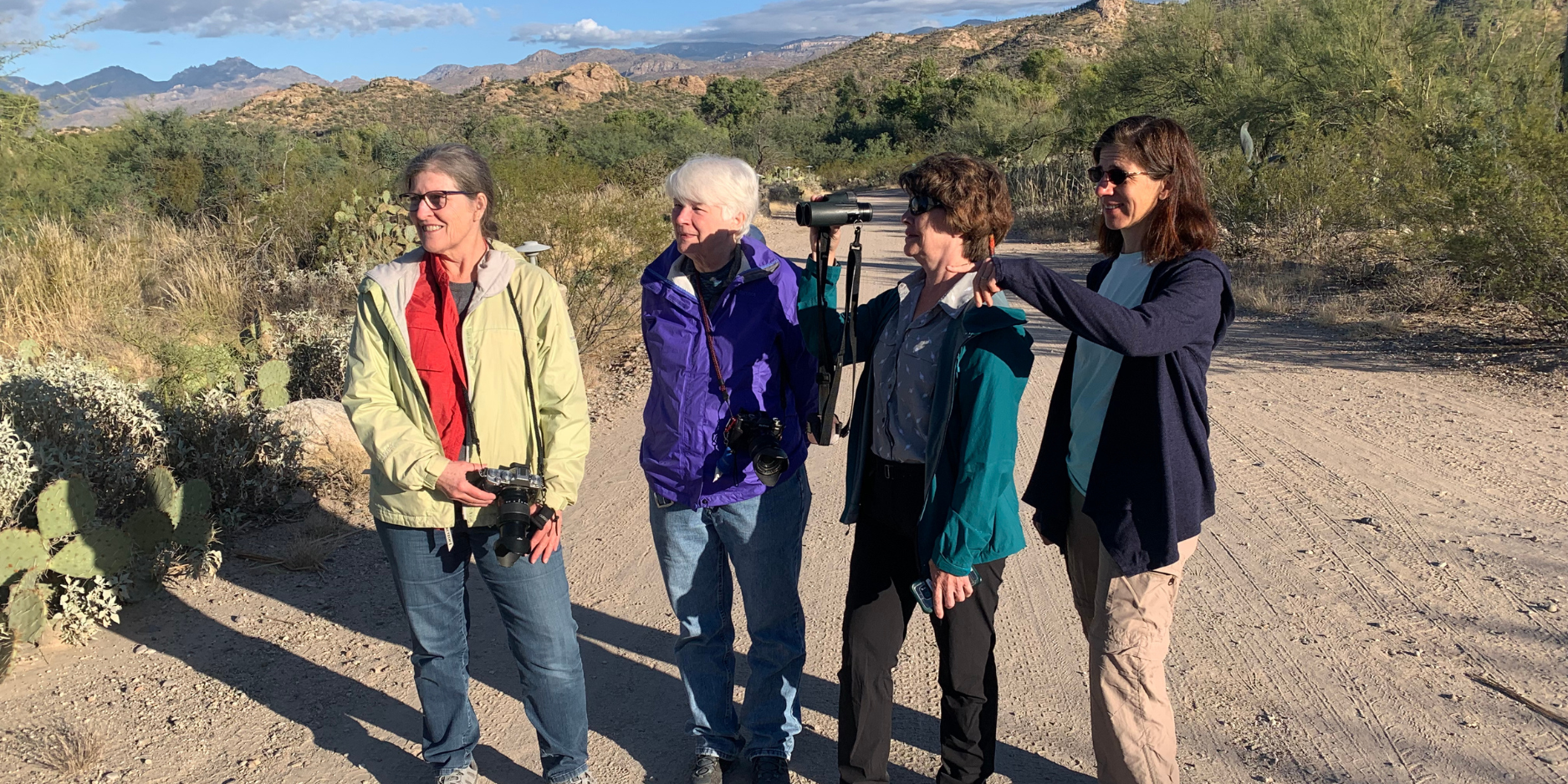
Why It’s Not a Competition
This trip isn’t just about finding rare birds, it’s about creating space for curiosity and presence. I recently spoke with another female birder around my age, and we talked about how birding can sometimes feel competitive. There’s the pressure to ID everything correctly. The fear of being “wrong.” We both had stories of being gently corrected—or not so gently—and the resulting hesitation it creates. Something that should bring joy starts to feel like a test.
There’s even a name for this: competitive birding. From “Big Year” lists to rare bird alerts that send dozens of people chasing a single vagrant, the culture can get intense. (The movie The Big Year does a great job of poking fun at this obsession.)
But that’s not the only way to engage with birds—or with nature.
Kenn Kaufman, in a reflection for Audubon, once said:
“Birdwatching is something that we do for enjoyment, so if you enjoy it, you are already a good birder. If you enjoy it a lot, you are a great birder.”
I love that. It reinforces what I’ve come to believe: that slowing down, recognizing birds by sight and song, and tuning into the rhythm of a place is far more meaningful than chasing numbers.
Camille Dungy shares a similar sentiment in her book Soil, where she writes:
“It feels different to walk into a room where I know everyone's name. To know the names of my neighbors is to know something of respect and affection and sometimes, yes, love.”
Birding gives me that. Over time, I’ve come to know the flicker’s call and the difference between the calls of a red-breasted and white-breasted nuthatch. Most of the time, I don’t need to consult a guidebook—I just know, and that familiarity feels like love.
Dungy also reminds us of the deeper impulse behind early naturalists:
“Not so much the thrill of ownership, dominion. Simply the chance to recognize, to definitively recognize, another living being.”
That’s exactly what this trip is about: a respectful curiosity that honors the living world—not conquers it.
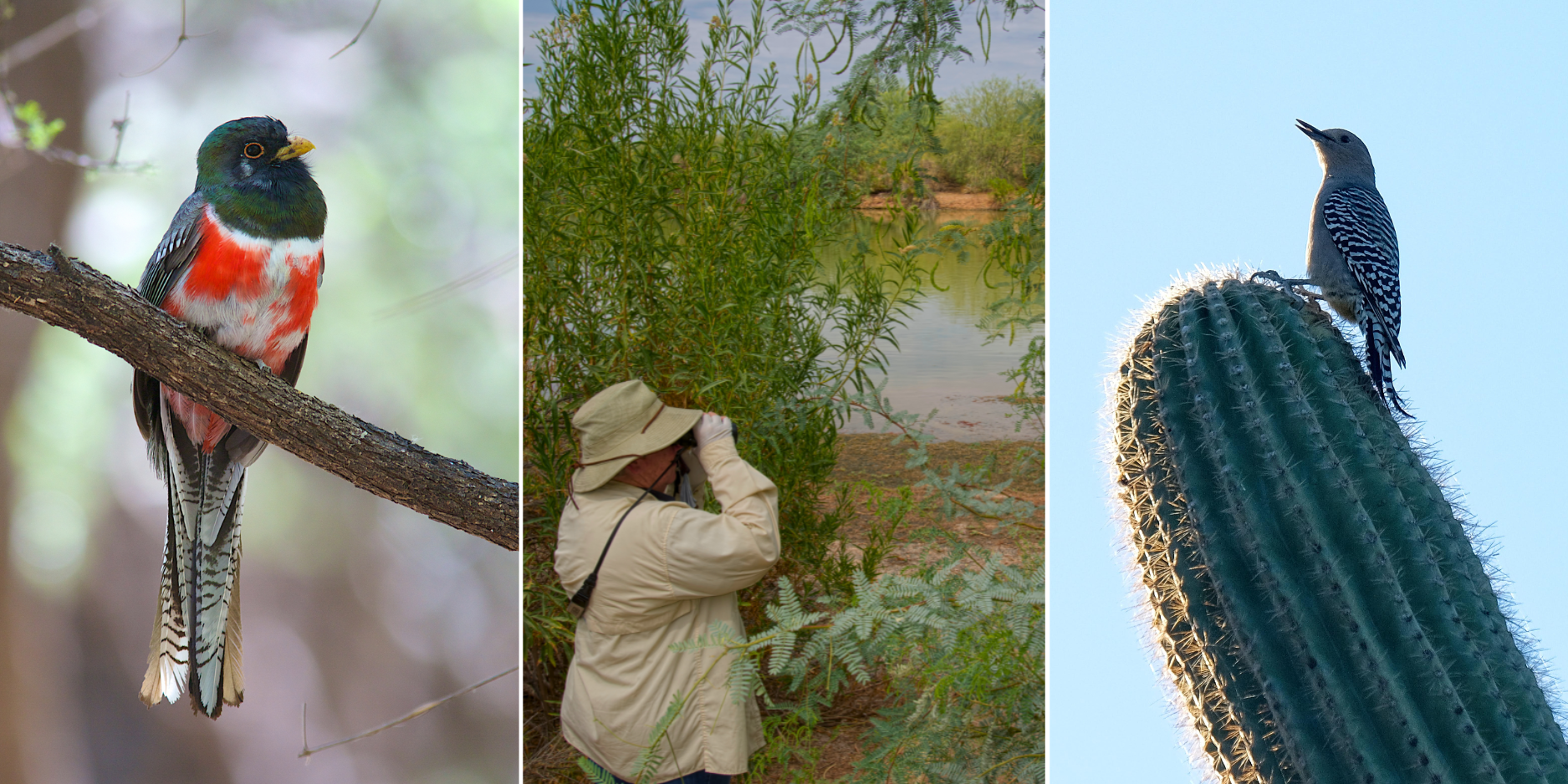
Easy Ways to Reconnect With Birding
Whether you’ve been birding for decades or are just curious, it’s never too late (or too early) to start tuning in. Here are a few easy, gentle ways to step back into birding:
Listen to a podcast
The AFAR Unpacked episode “Birding for Beginners,” offers a thoughtful, fun, and approachable perspective on getting started. In it, the interviewee shares this beautiful moment of discovery:
“I used to love hiking and observing nature. And then when I discovered that, in addition to just enjoying sort of the general views and the open space, there’s hundreds of different birds to be seen and identified and learned about, it just kind of—it, uh, it made the world look completely different, a lot more interesting. There’s no dull moments when you’re a birder.”
Download a birding app:
-
Merlin Bird ID helps you identify birds by photo, sound, or location—great for all levels.
-
eBird is ideal if you’re looking to start keeping lists or want to see what’s being spotted nearby.
-
Audubon Bird Guide is a beautiful, free field guide in your pocket.
Just step outside:
You don’t need to go far. Sit on your porch. Walk a quiet trail. Put out a feeder and watch who shows up. The birds are already around you—you just need to notice them.
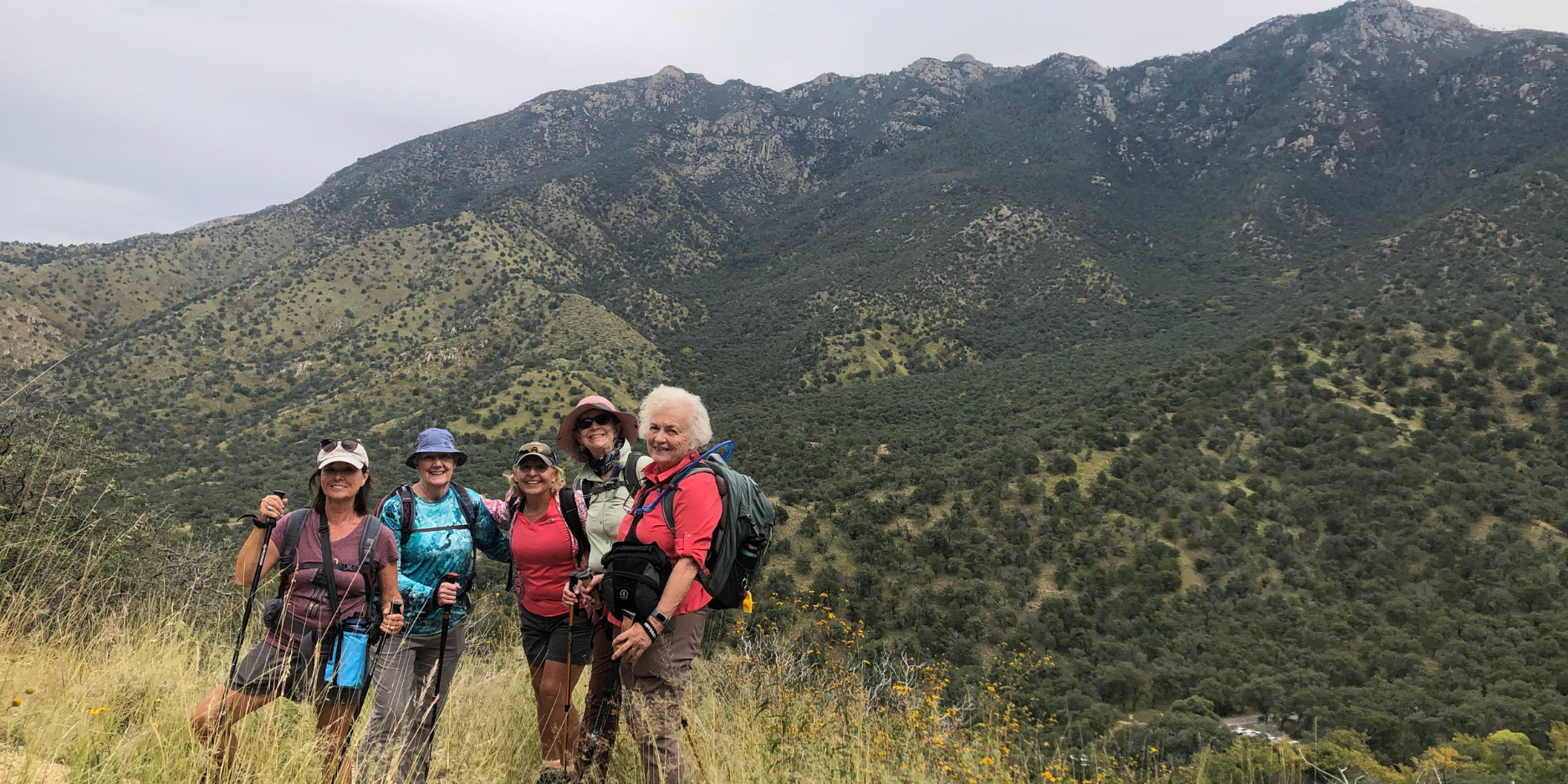
Birding in Good Company
That’s what we hope this trip offers: a respectful curiosity that honors the beauty around us, without demanding mastery. It’s a reminder that birding doesn’t require perfection—just presence. Whether you’re hearing your first canyon wren at dawn or marveling at a hummingbird’s iridescence, it all matters.
That’s the spirit behind this trip. We wanted to create a welcoming, non-intimidating experience for women who are curious about birds—or who already love them—but want to learn and observe without pressure. Whether you're a beginner, a backyard birder, or someone chasing a few more lifers, this is your space.
We'll walk slowly, listen deeply, and celebrate the moments of wonder that happen when we simply stop, look, and listen.
Ready to reconnect with the natural world—and yourself? Join us in Southern Arizona for a journey that invites presence, wonder, joy and lots of unique bird species. Explore the trip here.

